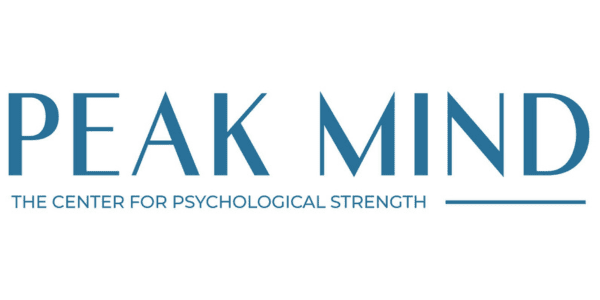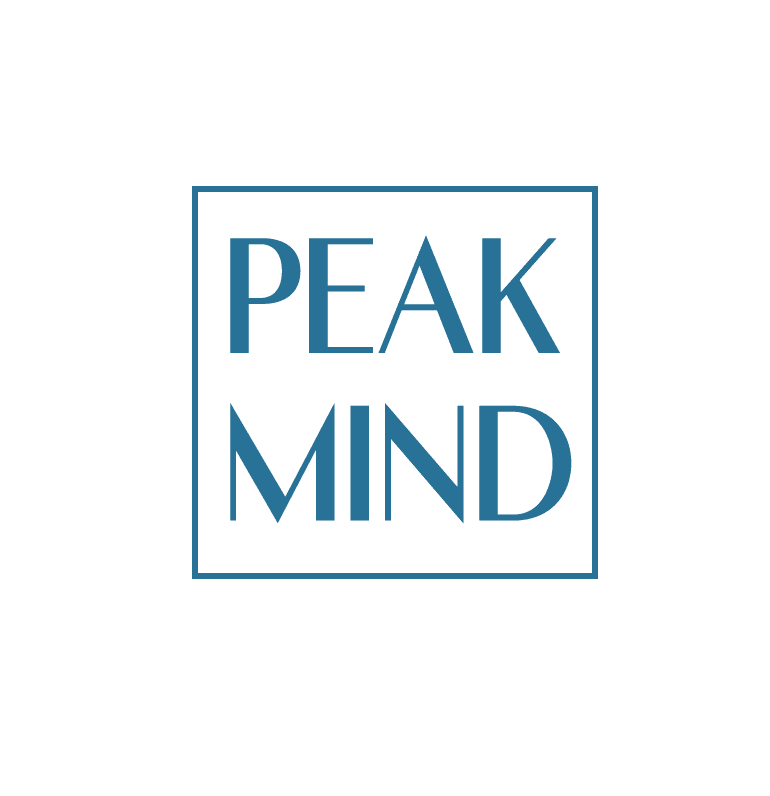USING ACTIVITIES TO BOOST YOUR MOOD AND MOTIVATION
We often focus on dealing with internal experiences like thoughts and feelings as a way to increase happiness and life satisfaction. That's important work to do, and we do a lot of it at Peak Mind. Understanding your mind and how to make it work for you rather than against you is HUGELY important. BUT, we can hack the system, so to speak, by using actions and behaviors to alter your mind. It's a backwards chain. We typically think of it as starting on the inside - I have these thoughts or feelings that lead me to do or not do certain things. That is certainly true, but the links between thoughts, feelings, and behaviors are more of a circle than a line. In reality, we can influence our thoughts and feelings by starting with actions, that is doing things on the outside to change the inside.
Behavioral Activation
One of the most effective treatments for depression is a therapeutic intervention called behavioral activation (BA, which falls under the cognitive behavioral therapy umbrella). BA involves using activities to boost your mood. You don't have to be depressed to benefit from behavioral activation, though. We are all impacted by the things we do. The kinds of activity we engage in has an effect on our mood, state of mind, energy, and motivation.
When we think about motivation and action, we tend to think of the chain of events in that order. First comes motivation - I want to do something or I feel like doing it - then comes action - I do it. In reality, the chain often goes the other way. Doing certain kinds of things, even when we don't feel like it initially, can create motivation and behavioral momentum. This is the idea behind those viral posts about making your bed first thing in the morning. Knocking out a productive win early on ups the chances of productivity and accomplishment throughout the day.
It's not all about building motivation and productivity, though. We can use activities to promote happiness, wellbeing, health, and connection.
When it comes to effective behavioral activation, the goal is to intentionally incorporate certain kinds of activities into you day. Aim for activities that fall into these four categories:
1. Productive
These are tasks that are not necessarily enjoyable in the moment but that bring a sense of accomplishment or mastery afterward. Think about how good it feels to check something off the to do list. That's what we're aiming for here.
2. Enjoyable
We need to spend time engaged in enjoyable activities - ones that are pleasant or fun. These kinds of activities are reinforcing and often bring a little happiness or joy as we're doing them, and those positive effects may spillover into the rest of the day. If you've been experiencing some symptoms of depression, you may notice that nothing really seems enjoyable right now. In that case, plan on theoretically enjoyable activities, ones that you used to enjoy or that other people often enjoy. You just might find that once you get going, the enjoyment kicks in (it's that backward do-first-then-feel chain of events).
3. Social
Humans are inherently social creatures, so build in activities that promote connection with others.
4. Physical
Our bodies were designed to move, and research consistently shows that exercise is a powerful way to reduce depression and anxiety and boost mood.
In a nutshell, behavioral activation means intentionally selecting, planning, then doing these kinds of activities, whether you feel like it or not, then reaping the benefits in terms of positive feelings, energy, and motivation.
Diving Deeper - Activities to Enhance Your Life
Let's dig a little deeper into the kinds of activities you invest your time, effort, and energy into. While we've covered the four broad categories of activities that tend to improve mood, I want you to think about the way you spend your time and where these activities fall on two continuums: passive to active and consumption to creation.
Passive v. Active
On one end of this spectrum are activities that are completely passive. They require virtually no effort from you. You are a passive participant, perhaps more of a spectator, expending little, if any energy. At the other extreme are activities that are very active. These kinds of activities require a great deal of effort and energy from you to do. Examples to bookend this continuum include napping (very passive) to rock climbing (very active).
Consumption v. Creation
On this continuum, we're considering whether you are receiving, consuming, or taking in something versus producing, creating, or putting something out into the world. High consumption activities include watching TV or scrolling on social media while high creation activities may be making music or art.
As you experiment with choosing and engaging in activities, pay attention to where they lie on the passive to active and consumption to creation dimensions and what impact those activities have on your mood, energy, and motivation. I'd venture to say that you'll get more bang for buck when you do activities that are higher on the active and creation sides. For example, compare watching TV, a very passive consumption-based albeit potentially enjoyable activity, to reading a book, which is still passive compared to rock-climbing but is more active than a Netflix binge because your brain is more involved in processing the information. Or consider the sense of satisfaction that comes from eating a good meal compared to preparing one, more consumption v. more creation.
Start to experiment with various activities that meet the enjoyable, productive, social, and physical needs while also exploring variations in active/passive and consumption/creation. Notice the impact that certain activities have on your state of mind and the quality of your day and build in more of the net positive ones.
"Action may not always bring happiness, but there is no happiness without action."
- Benjamin Disraeli

Written by Dr. Ashley Smith
Peak Mind Co-founder


